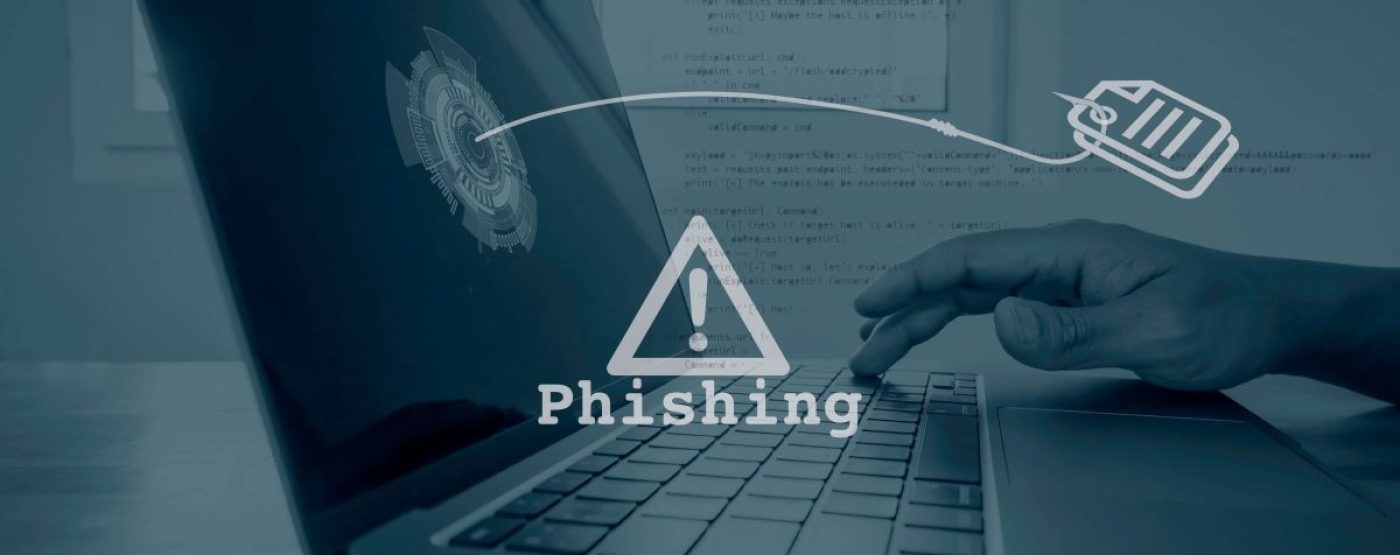
Phishing attacks are often underestimated but pose a substantial and widespread danger to people and organisations globally. This article will discuss the concept of phishing in the field of cyber security, the various tactics used by cybercriminals in phishing attacks, and the necessary measures to safeguard your business.
Cybercrime called Phishing occurs when scammers contact people by email, telephone or text pretending to be from legitimate organisations. They trick people into releasing personal data, banking details and passwords. Then this stolen information is used to gain access to important accounts - resulting in identity theft and loss of money.
Businesses can take advantage of continuous computer monitoring and management to monitor for suspicious activities and limit the impact of such attacks before they escalate.
PayPal Phishing Emails: These messages often appear to be very formal as well as authoritative, either threatening to suspend your account or stating that there is an urgent issue that will require immediate attention. They usually encourage you to click on a link to address the problem, but this link in fact takes you to a fake website that is set up to steal your login information.
Google Docs Scams: The emails might appear to be from a familiar contact, asking you to take a look at a document. The link provided directs you to a harmful website that is designed to steal your Google account login information.
Amazon phishing scams: Amazon emails may include a link to a webpage that provides information on issues with your account or notifies you of potential unauthorised actions. These links direct you to counterfeit websites created to take your login information.
The most common and widespread phishing attacks are email phishing. Attackers post emails claiming to come from banks, e-commerce sites or government agencies. These emails often contain harmful files or links to steal personal data.
Personalised messages are sent to specific people or organisations using personal details to make the email more convincing.
A form of spear phishing targeting CEOs with personalised messages based on extensive research.
SMS phishing involves sending forged text messages pretending to be from legitimate companies, luring victims to talk about private information.
On social media, attackers take on the persona of customer service and ask for personal details claiming to assist with problems or complaints.
To explore more about the different types of phishing attacks, check out our detailed guide Types of Phishing Attacks. Learn how to recognize and avoid these common threats.
Phishing attacks may affect both individuals and organisations. Some of the impacts could be:
Educate Your Workforce: Training sessions could also help employees recognize phishing scams. Such tools as the Phish Scale from NIST may be especially useful for assessing and improving phishing awareness.
Implement Email Security Solutions: Using advanced email security systems can stop phishing emails before they reach users 'inboxes.
Enhance Cybersecurity Practices: Increasing your cybersecurity maturity by deploying robust endpoint and network security solutions will help you avoid many phishing attacks and minimise damage.
By using strong Business Antivirus Solutions, threats get detected quickly & your systems remain safe from malicious phishing-related malware.
Understanding a phishing attack and its impact is important for your business protection. These attacks may result in huge financial losses, data breaches and reputational damage. Anticipating such threats requires robust cybersecurity measures like employee training, email filtering and multi-factor authentication.
Education of your workforce on phishing techniques and robust cybersecurity practices can lower your risk of attack. Continuous monitoring & security solutions will further equip your business to spot phishing attempts.